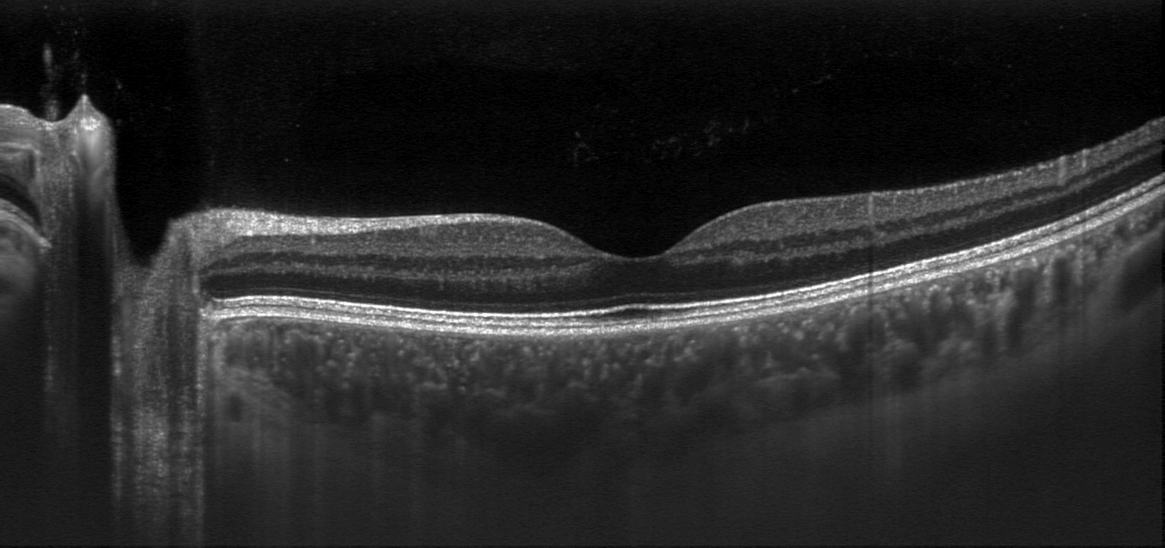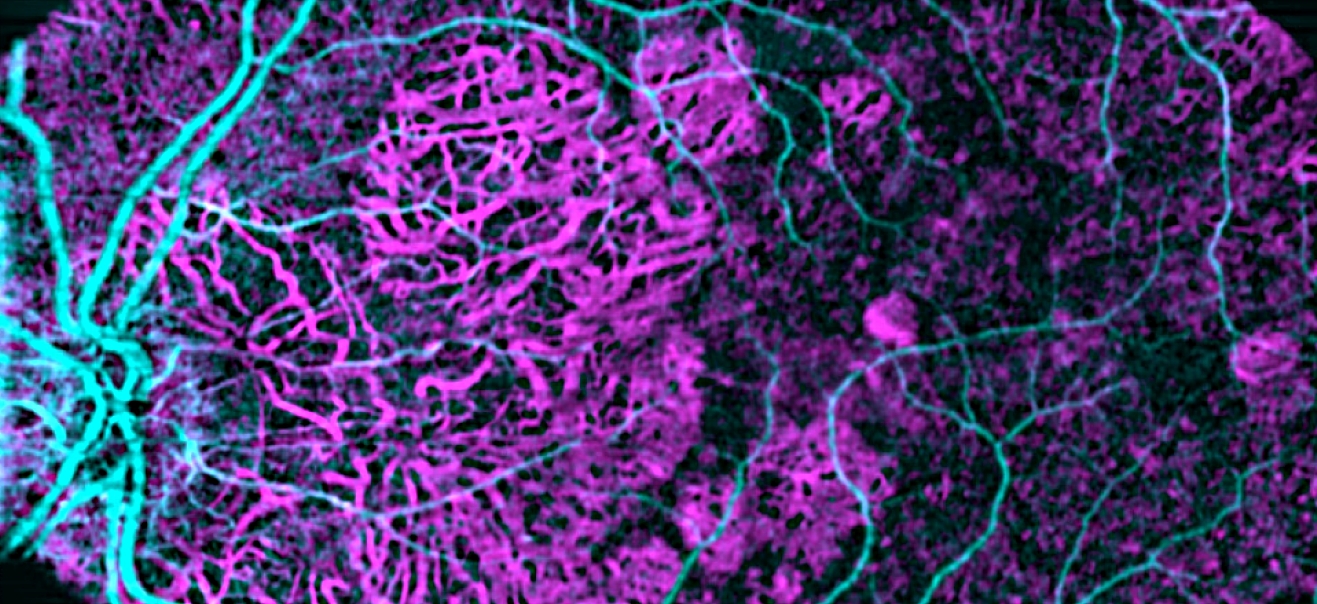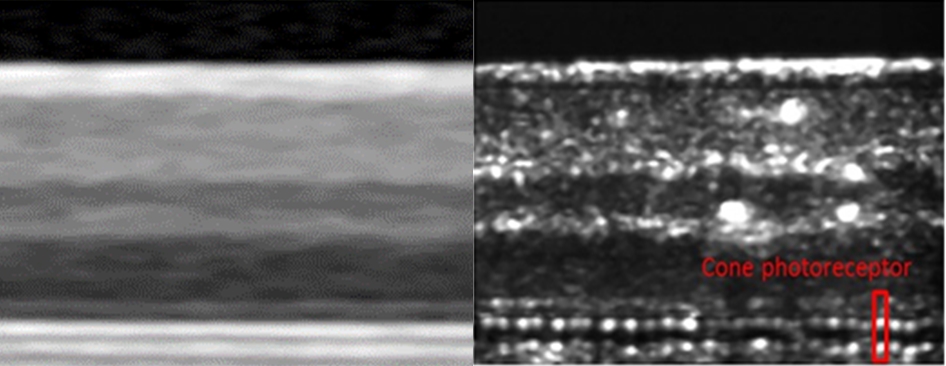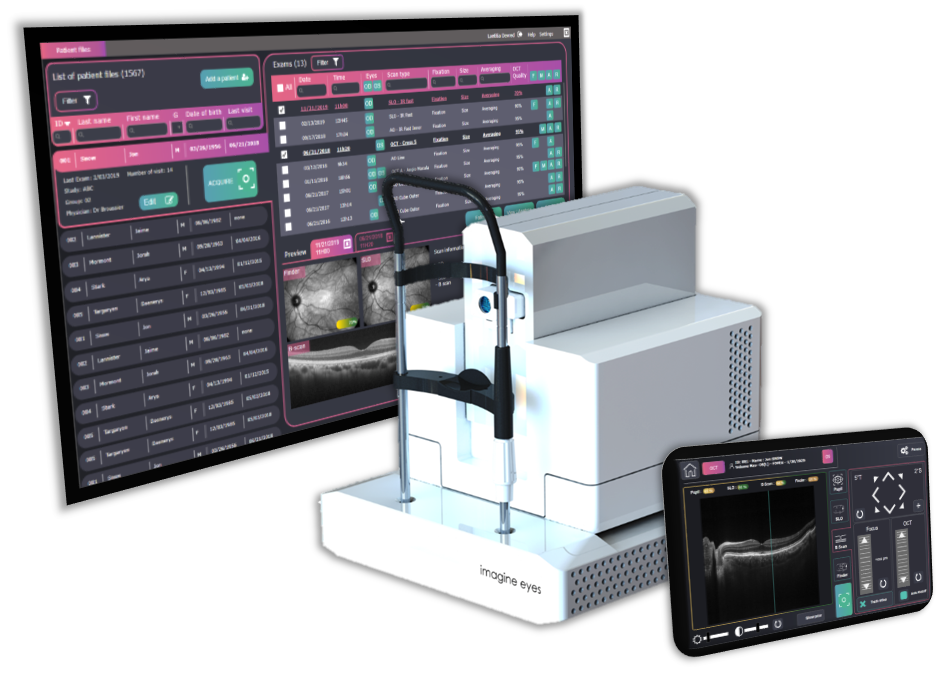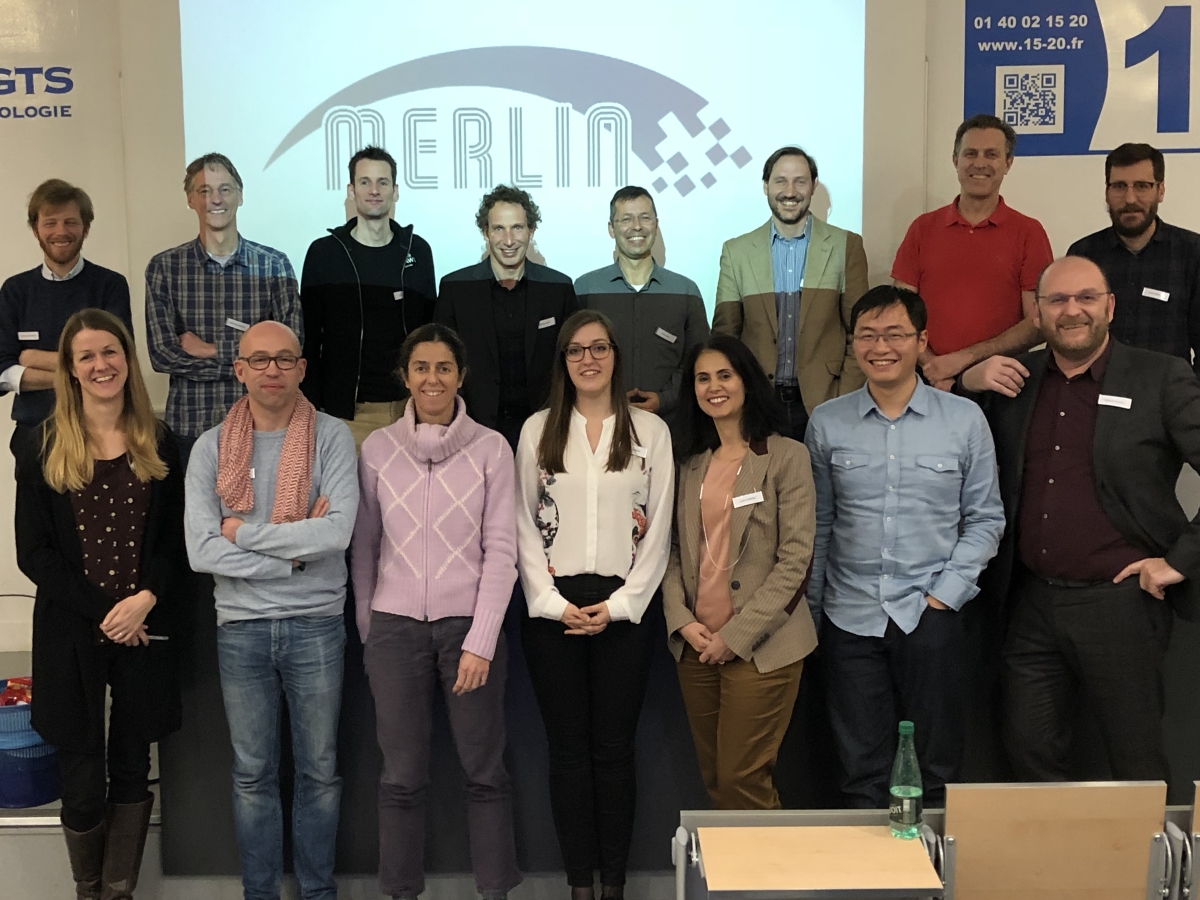In order to overcome current limitations in retinal imaging, the device developed in MERLIN will for the first time enable doctors to examine the back of the eye with multiple imaging modalities at both the macroscopic and microscopic scales.
The new instrumentation combines the most recent imaging techniques, including scanning laser ophthalmoscopy (SLO), optical coherence tomography (OCT) and OCT angiography (OCT-A), with new adaptive optics (AO) technology derived from astrophysics. As a result, the MERLIN device delivers stunning high-resolution images, which reveal previously invisible cellular and microvascular retinal details in 3 dimensions.
The project partners also develop image processing software for the analysis of microscopic pathological changes in the retina, and carry out clinical experimentations in order to evaluate and optimize both performance and usability in AMD and DR patients.
